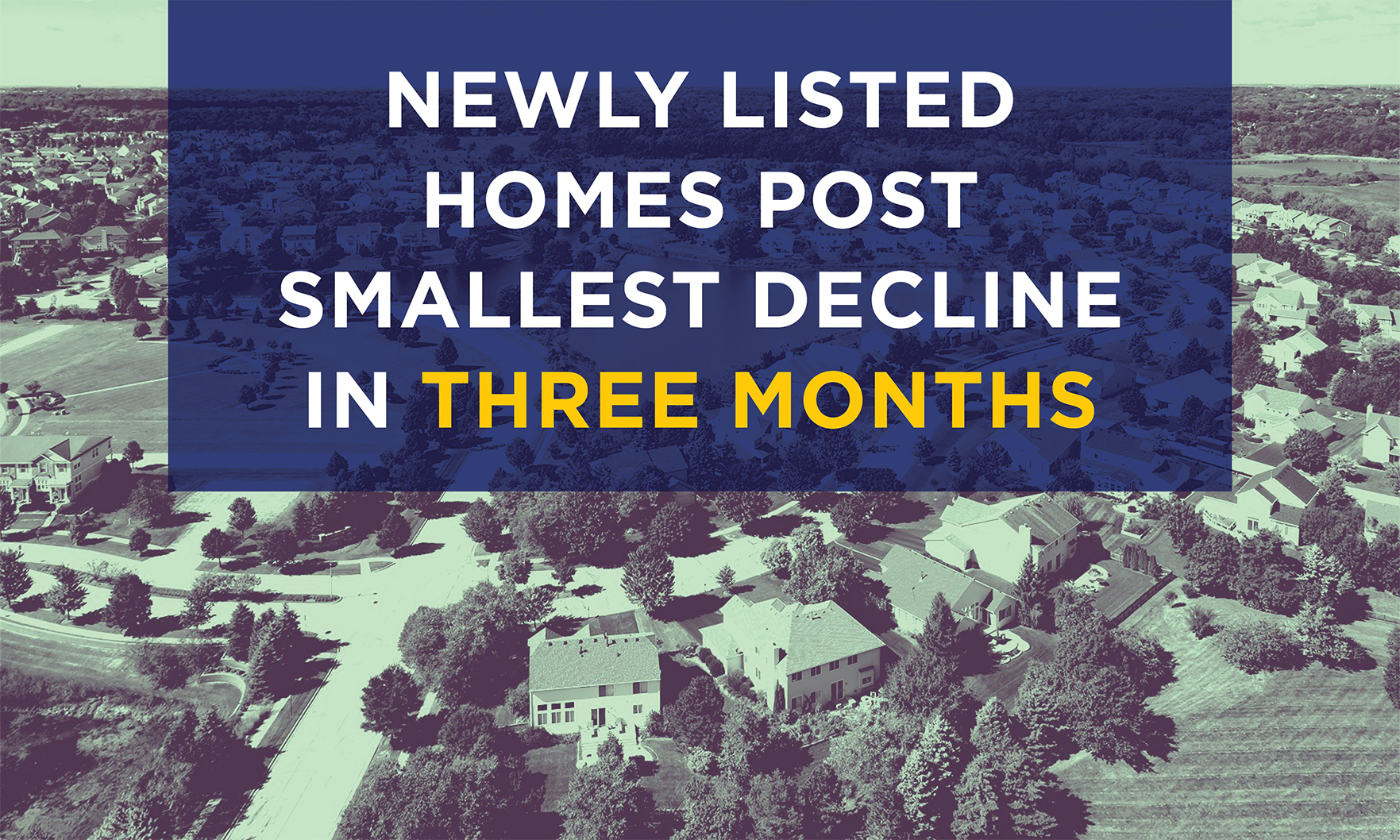Trends
For data-driven stories, to appear under “Trends” menu

The pace of new home listings is gaining steam, a welcome development in the face of high demand from buyers, Redfin reported.

Spokane was No. 1, where 83.3% of offers written by Redfin agents faced a bidding war, followed by Sacramento, Seattle and Dallas.

“Given the situation in the market — mortgages, home costs and inventory — it would not be surprising to see a retreat in housing demand.” — NAR chief economist Lawrence Yun

Redfin reported 32.4% of its users in January were looking to relocate, the highest percentage since it started tracking the data in 2017.

“Builders are entering 2022 with backlogs that they are having a hard time completing due to material and labor shortages, and new-home prices are sitting near a historic high.” — First American Deputy Chief Economist Odeta Kushi

While rising interest rates may lead to more reductions in the housing supply, it may also bring some much-needed balance to the market.

Mortgage applications fell more than 13% in the most-recent week tracked by the Mortgage Bankers Association’s Market Composite Index, while interest rates continued to rise.

“Production disruptions are so severe that many builders are waiting months to receive cabinets, garage doors, countertops and appliances.” — NAHB Chairman Jerry Konter

The sales pace of existing homes surged 6.7% in January after falling in December, as buyers got off the fence and went shopping ahead of rising interest rates, the National Association of Realtors reported.

Single-family housing starts fell 5.6% from December’s revised estimate to 1,116,000, while multifamily starts slid 2.1% to 510,000, the U.S. Census Bureau and the U.S. Department of Housing and Urban Development said.

The average contract interest rate for 30-year fixed-rate mortgages backed by the Federal Housing Administration increased to 3.93% from 3.86%, the Mortgage Bankers Association said.

Home-price growth could slow by the end of 2022, despite the housing market breaking records in January.

Home-price growth is expected to average about 5% this year, far below the record-breaking pace set in 2021, RCLCO reported.

Builders started to make headway against supply-chain issues that have hampered construction of homes in the face of high demand.

New homes and existing homes are appreciating at similar rates, according to a new report from CoreLogic.

“December saw sales retreat, but the pull back was more a sign of supply constraints than an indication of a weakened demand for housing.” — NAR chief economist Lawrence Yun
